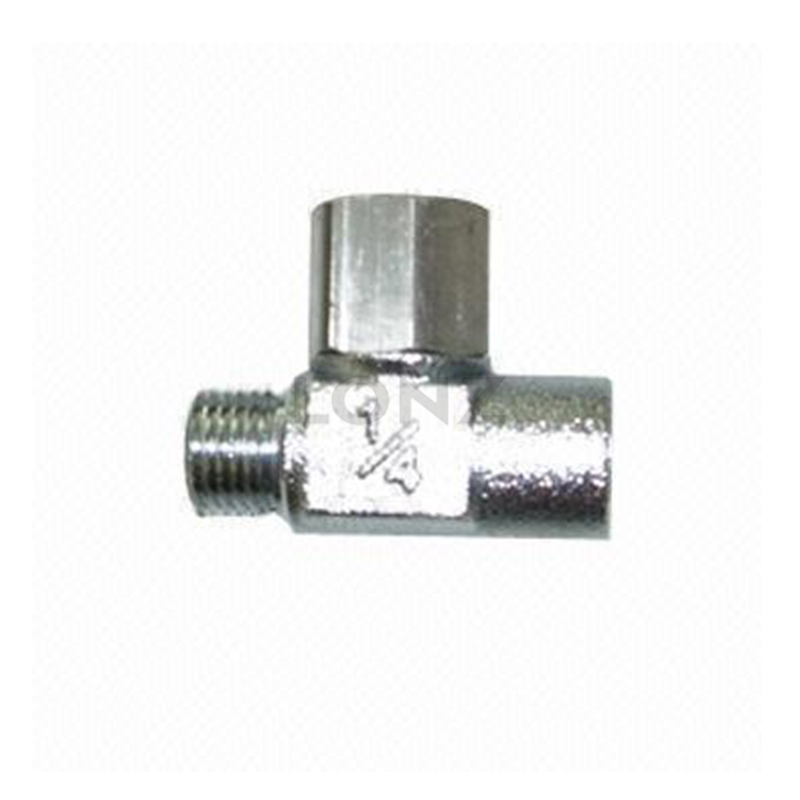The principle and function of steam trap
Steam traps are a common control device used to remove condensation and unnecessary steam from piping systems. The following will introduce the principle and function of steam traps.
The principle of steam traps is based on the thermodynamic properties of different fluids. In the pipeline system, steam and condensate will coexist. Under steam conditions, the steam trap opens to guide the steam to the system. When condensate is encountered, because the density of condensate is greater than steam, the steam trap will close to prevent condensation. Water enters the system.
The function of the steam trap is to remove condensation and unnecessary steam to maintain the normal operation of the pipeline system. The accumulation of condensate can reduce system efficiency, cause clogging and corrosion. Steam traps can promptly remove condensation water to prevent these problems from occurring. In addition, steam traps can help maintain a constant pressure within the system and ensure the normal transfer of steam.

Steam traps are widely used in many fields. In industrial production, steam traps are widely used in boilers, heating systems, steam pipelines and other equipment. In HVAC, steam traps are used in heating systems to keep the system balanced. In addition, steam traps also play a role in food processing, pharmaceutical and chemical industries to ensure the normal progress of the process.
To sum up, steam traps are based on the principle of thermodynamics and maintain the normal operation of the pipeline system by removing condensation water and unnecessary steam. Its wide application in industry and life makes steam traps play an important role in maintaining the stability and efficiency of engineering systems.


